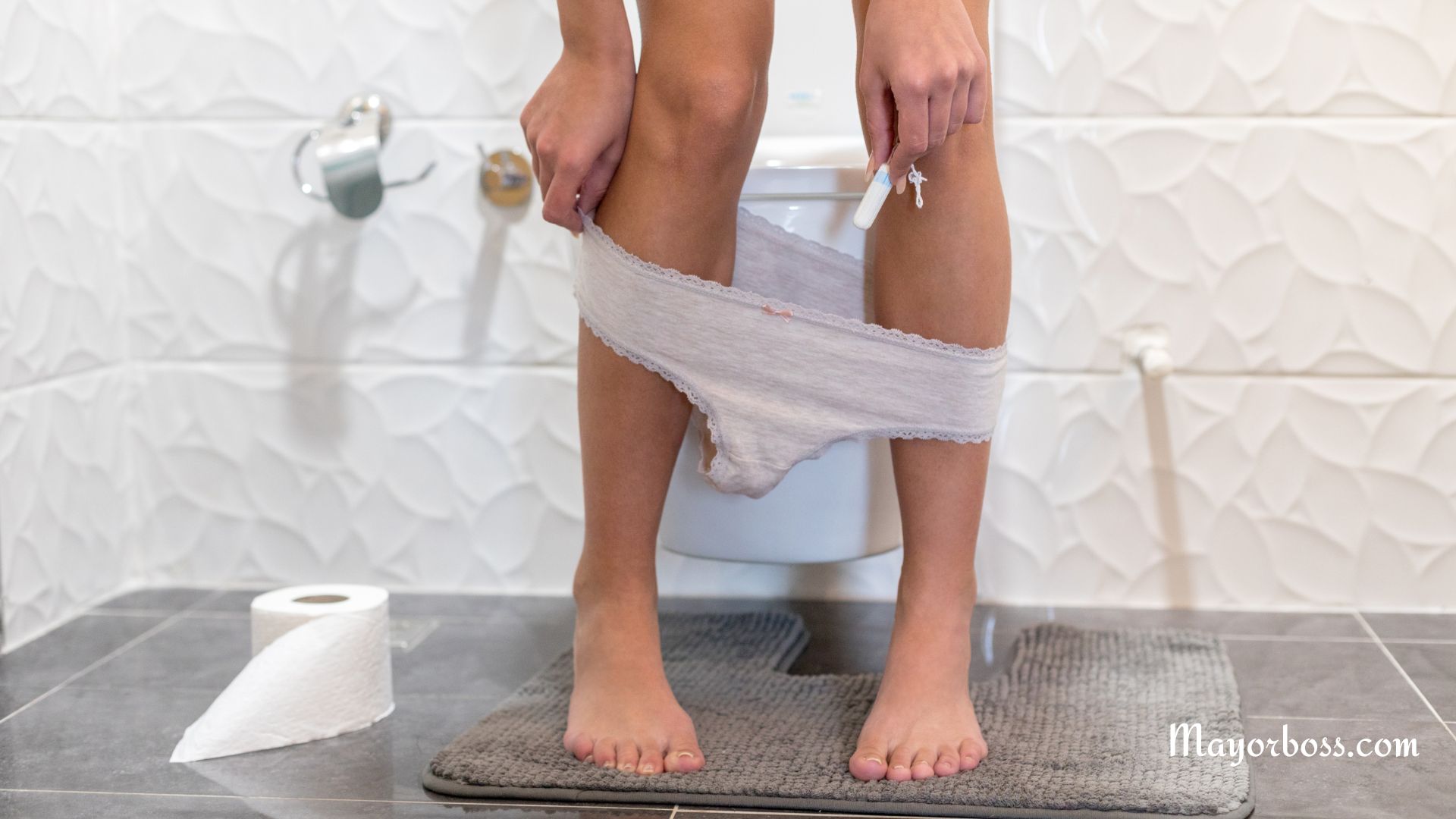Can You Pee With A Tampon?
The short answer to your question is yes, you can pee with a tampon in. But let’s take a look at why this is possible and address any concerns you might have. It’s a common query, especially for those new to using tampons and understanding the basics of female anatomy and how tampons work will clarify this.

Understanding the Anatomy
First, it’s crucial to understand that urine and menstrual blood exit the body through two separate openings. Urine is excreted through the urethra, while menstrual blood flows from the vagina. These are two distinct channels, and the presence of a tampon in the vaginal canal does not block or interfere with the urethra.
How Tampons Work
A tampon, when inserted correctly, sits inside the vaginal canal and absorbs menstrual blood. It does not block the urethra or the anus, which means you can pee and have bowel movements normally with a tampon in place.
Peeing with a Tampon In
When you pee with a tampon in, the urine will flow out of the urethra as it normally would. However, there are a couple of things to keep in mind:
1. String Hygiene
The string of the tampon may get wet when you pee. Some people prefer to hold the string to the side or tuck it upwards to keep it dry. It’s more of a comfort and hygiene preference than a necessity.
2. Absorbency Check
Peeing itself does not affect the tampon’s absorbency or function. However, if you find that the tampon feels uncomfortable after peeing, or if it’s been in for a while, it might be time to change it.
3. Regular Changing
It’s important to change tampons every 4 to 8 hours to prevent the risk of Toxic Shock Syndrome (TSS), a rare but serious condition.
When to Change Your Tampon
Peeing does not necessitate changing the tampon unless it’s been in for the recommended duration or it feels uncomfortable. However, it’s a good idea to replace the tampon if the string becomes very wet or soiled, as this can be uncomfortable and may cause odor.
Common Misconceptions
It’s Blocked
One common misconception is that peeing with a tampon in might block the flow of urine. This isn’t the case since the tampon is not near the urethra.
Absorption of Urine
Another is that the tampon might absorb the urine. This is also a misunderstanding, as the tampon is not positioned where it can come into contact with urine.
Frequently Asked Questions
Does Peeing Affect Tampon Absorbency?
No, peeing doesn’t affect the absorbency of the tampon since it’s in a different bodily passage.
What If the Tampon String Breaks?
Tampon strings are designed to be strong, but in the rare case that it breaks, don’t panic. You can easily remove the tampon by relaxing and using your fingers to reach and pull it out.
Can Urination Push the Tampon Out?
Normal urination won’t dislodge or push a tampon out of place. The tampon is securely held within the vaginal canal, and urinating doesn’t exert enough pressure to dislodge it.
Is It Safe to Wear a Tampon Overnight?
Yes, it’s generally safe to wear a tampon overnight, but not longer than 8 hours. Choose the appropriate absorbency for your flow to ensure comfort and safety.
In conclusion, peeing with a tampon in is completely safe and normal. It’s always good to listen to your body and change your tampon regularly for optimal comfort and health.
